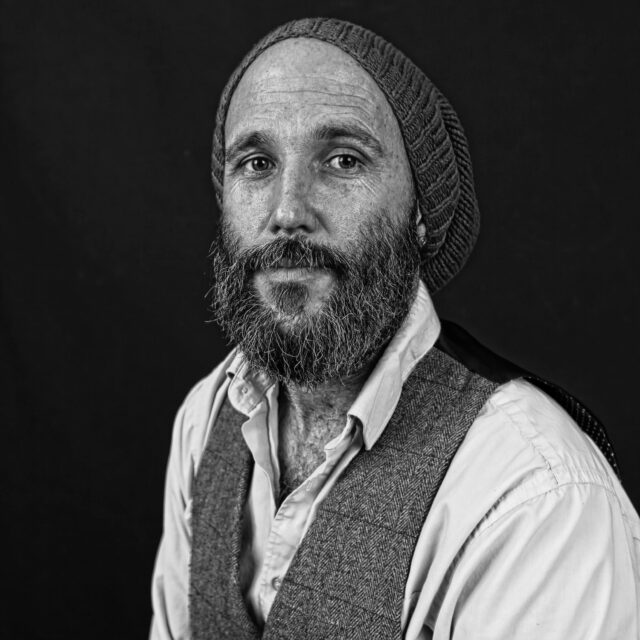An Irish researcher and composer
Studied Indian classical music in a traditional context for almost twenty years, with Sougata Roy Chowdhury in Kolkata and more recently with UK based sarodiya K. Sridhar. He has been increasingly interested in exploring new musical contexts for the instrument beyond Hindustani music. In particular, he has researched the performance potential of the sarode in Irish traditional music (Noone 2016), in electroacoustic composition (Noone 2020) and in ‘free’ improvisation (Noone 2021). My research has led to the design to two custom instruments and numerous albums.
ISFP 2025 SYMPOSIUM ABSTRACT:
The Sound Beyond Imagination
What is the Sound Beyond Imagination? Is it even possible to imagine a music that has not yet been heard? Is there a metaphysical territory of listening which transcends genre or culture? The Sound Beyond Imagination is a metaphoric portal for exploring altered states of consciousness in cross-cultural performance practice. I will use the Sound Beyond Imagination metaphor in two ways: as an initial investigation of scholarly discourse about heightened states of consciousness amongst musical cultures; secondly to frame the affective and transcendent journey of my own artistic practice. In this study, I will attempt to sketch a broad cross-cultural map of the metaphysicality of multiple music traditions. An initial survey will be undertaken of scholarly discourse about terminology used to described heightened or altered states of consciousness in traditions ranging from electronic dance music, flamenco, Ewe drum and dance, maqam, the blues, Indian classical music and medieval European chant. This presentation will also explore the transcendent and spiritual dimensions of my own artistic practice across three decades; from the visceral transcendence of urban instrumental post-rock, to the substance enhanced ecstasy of forest raves in rural Australia, the subtle rasas of North Indian classical music, the draiocht of Irish traditional music, the bendable irama temporality of Javanese gamelan, Neolithic rituals, electroacoustic music, zen chant and feedback improvisation. This paper will argue that music acts as kind of ‘cognitive anchor’ that eases the difficulty we have in conceiving the supernatural and I will propose that it is through documentation of the embodied spiritual experience that we may gain the most profound insight into cross-cultural musical sympathies. Finally, I will explore what I have called ‚transcultural ritualizations’ in the attempt to construct new transcultural sonic realities.
